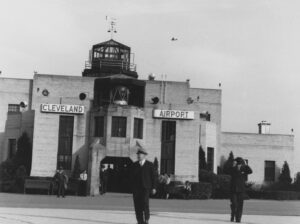
100 Years of Historic Firsts at CLE
(Cleveland Hopkins International Airport)
by Paul Soprano, July 1, 2025
The link is here
www.teachingcleveland.org

100 Years of Historic Firsts at CLE
(Cleveland Hopkins International Airport)
by Paul Soprano, July 1, 2025
The link is here
Early Shakerite archive is now on line thanks to
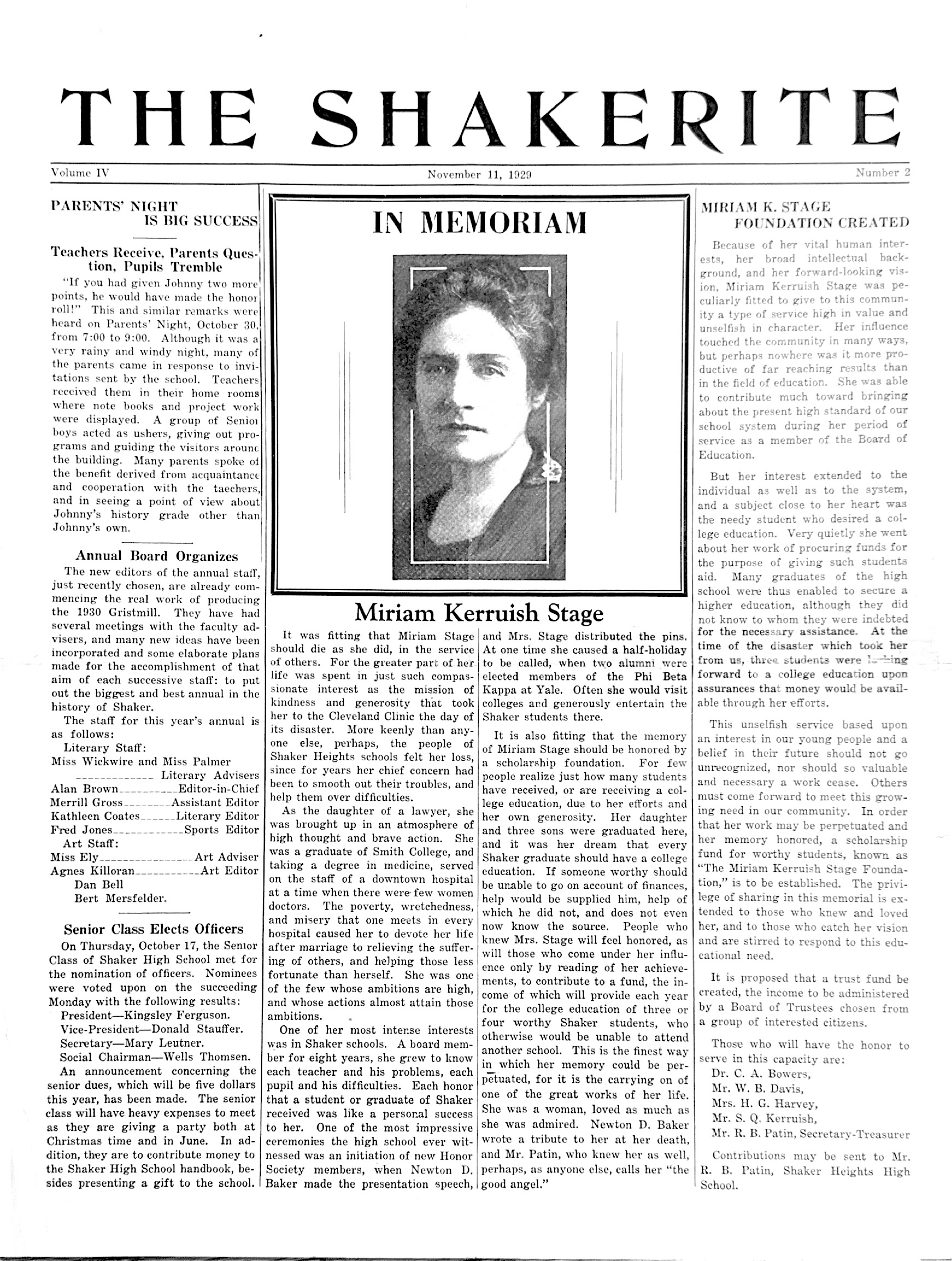
This memorial was in the Shakerite, November 11, 1929. Dr. Kerruish’s bio is here
She was a physician, activist, a mother active in education and greatly revered in the community
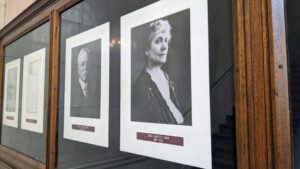
by Grant Segall May 8, 2025
One hundred years ago, a pioneering librarian opened a new flagship for the pioneering Cleveland Public Library.
The link is here
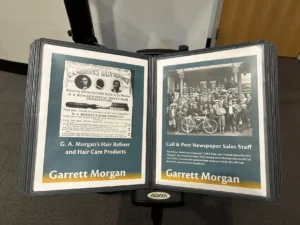
Garrett Morgan’s long road to inventing the modern-day traffic light
by Alanna Marshall
The link is here
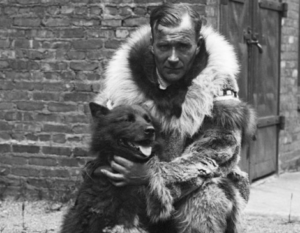
Cleveland’s Canine Hero: Celebrating 100 years of Balto’s Legacy
A century after leading the 1925 serum run to Nome, Alaska, the unlikely sled dog hero Balto continues to inspire at the Cleveland Museum of Natural History.
By Lainey Novak, 1/13/2025
The link is here
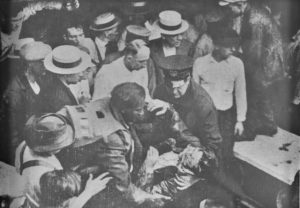
Meet the American who invented the gas mask and the modern traffic signal
By Leonardo Vargas
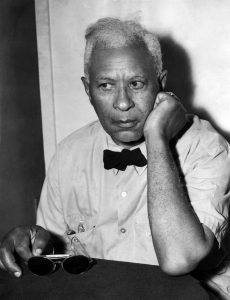
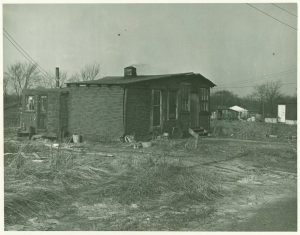

The Ku Klux Klan in Northeast Ohio: The Crusade of White Supremacy in the 1920s by Steve Anthony Viglio, 2021, Master of Arts in History, Youngstown State University, Department of Humanities.
The link is here
The impact of the Ku Klux Klan in the twentieth century has been documented by many historians and scholars, from a national perspective. Local case studies are not quite as common. This thesis looks at two of the most important and popular chapters of the Ohio Ku Klux Klan, Akron and Youngstown. For Akron, I relied on thorough research of the Akron Beacon Journal newspaper archive. For Youngstown, I began research previously conducted by former Youngstown State University faculty Dr. William Jenkins’ Steel Valley Klan and branched from there. I used The Vindicator newspaper as a reliable source for Youngstown Klan history. Specifically, the Akron chapter of the KKK previously has not been researched besides a Master’s thesis several decades ago. Newspaper coverage was abundant in Akron and provided a clear, unbiased blueprint in order to perform the case study. Results of the case studies in Akron and Youngstown show mixed results in terms of the Klan’s effectiveness. In Akron, the Klan was able to infiltrate the Akron public school system for a period. Their ultimate goal of barring Catholic teachers, however, was not achieved. Their popularity peaked by 1925 which was a bit longer than the Youngstown Klan. In Youngstown, they showed moderate success in enforcing bootlegging laws but the 1924 Niles riots signaled the peak for the Klan. Ultimately, from a national viewpoint, the fates of both chapters were very similar. By the end of the 1920s, national Klan popularity had diminished in a similar fashion in Akron and Youngstown respectively.

WRHS: August Biehle, “Study for Great Lakes Exposition Mural,” 1936, watercolor on paper, 20 x30 inches, signed lower right
“Honoring Our Past Masters: The Golden Age of Cleveland Art, 1900–1945’’ WRHS Review by Steven Litt
A new exhibition in the Western Reserve Historical Society’s Cleveland History Center in University Circle, entitled “Honoring Our Past Masters: The Golden Age of Cleveland Art, 1900–1945,’’ argues for greater awareness of and admiration for hometown artists.
December 12, 2021
Read more